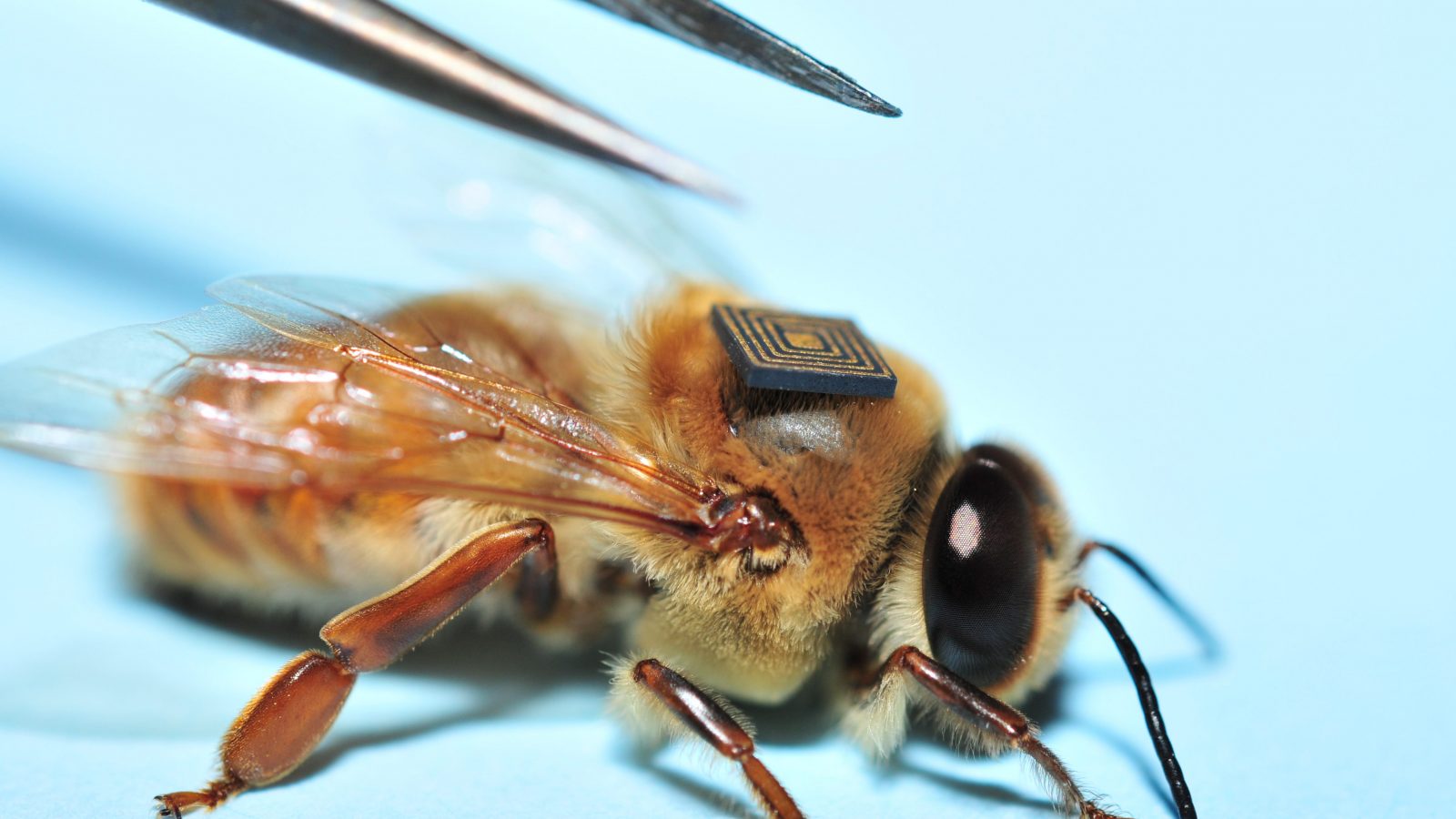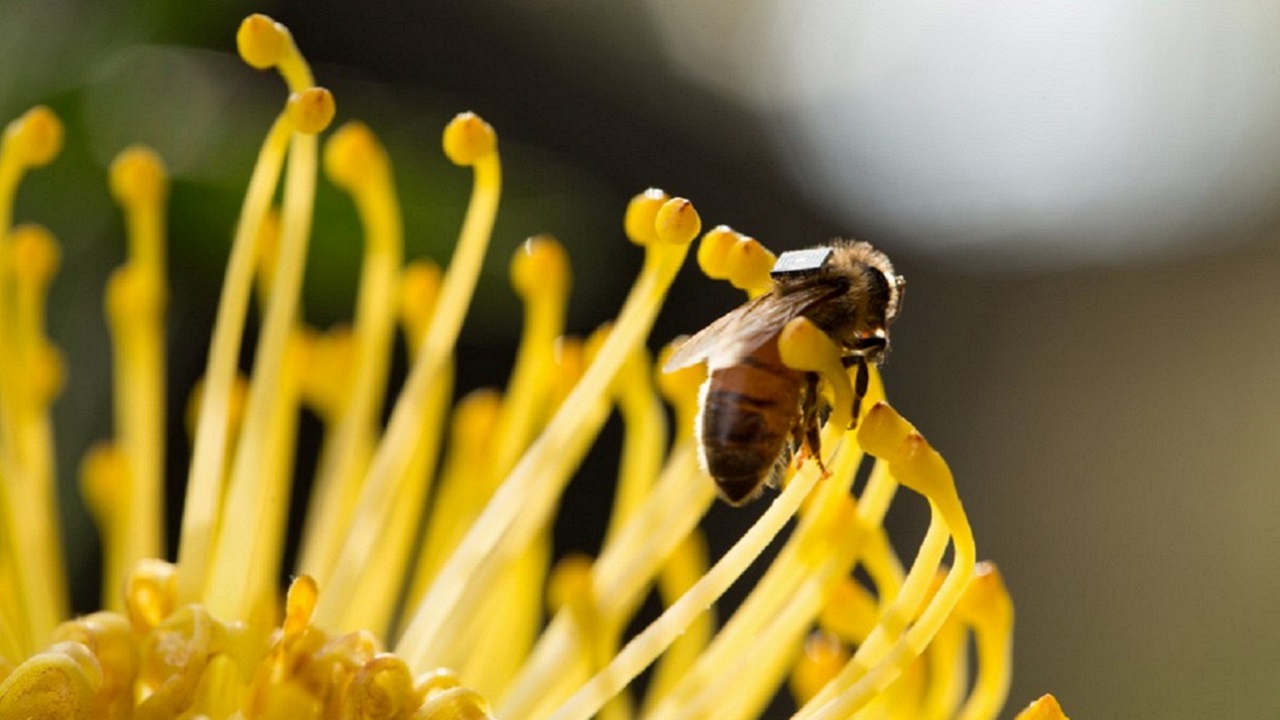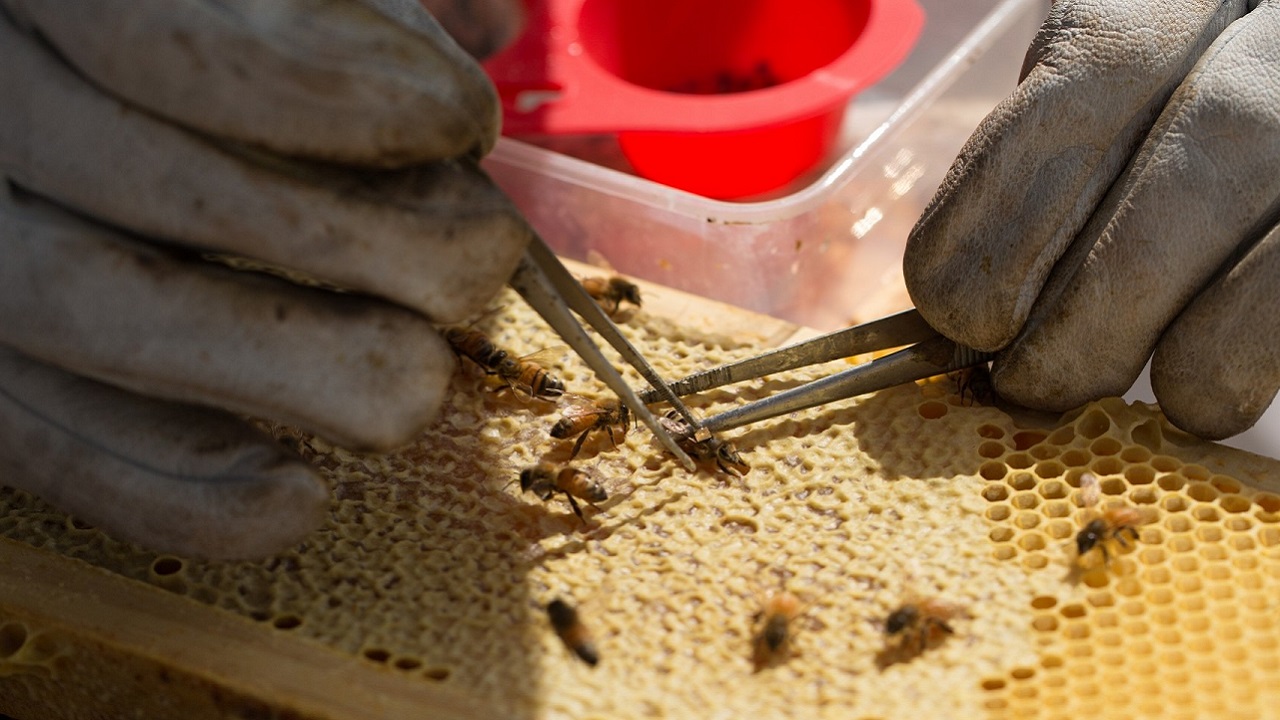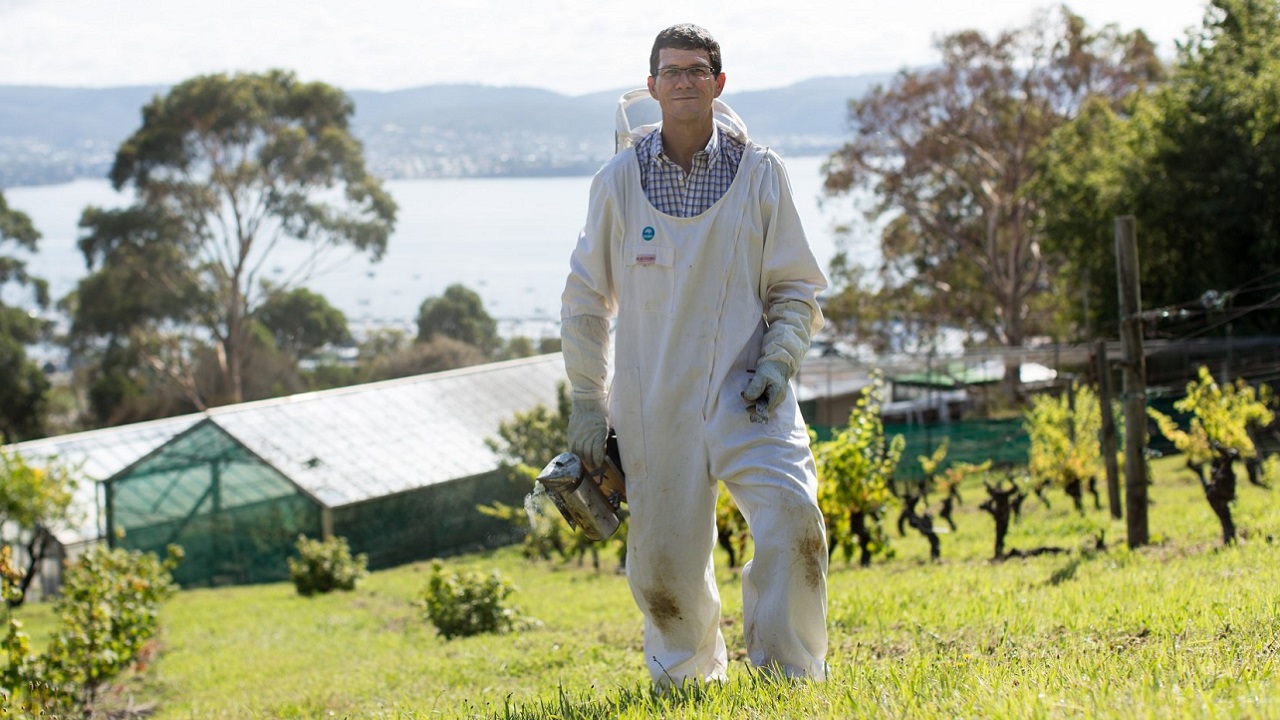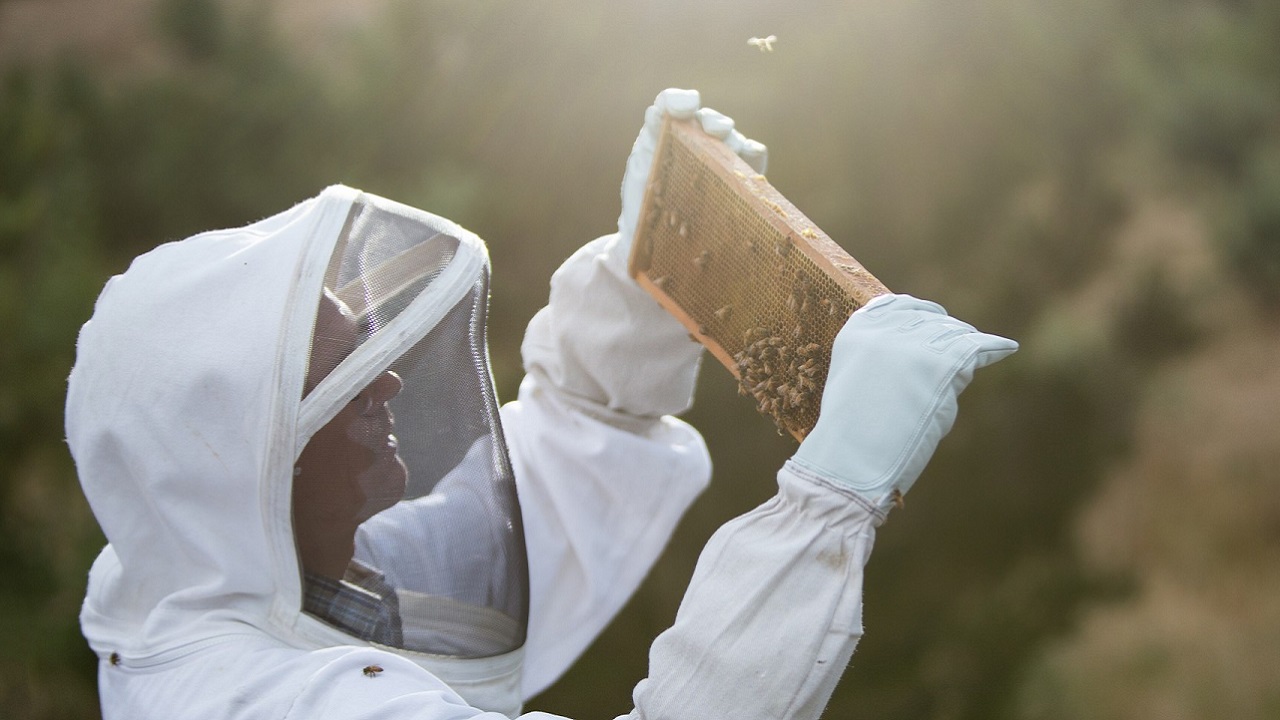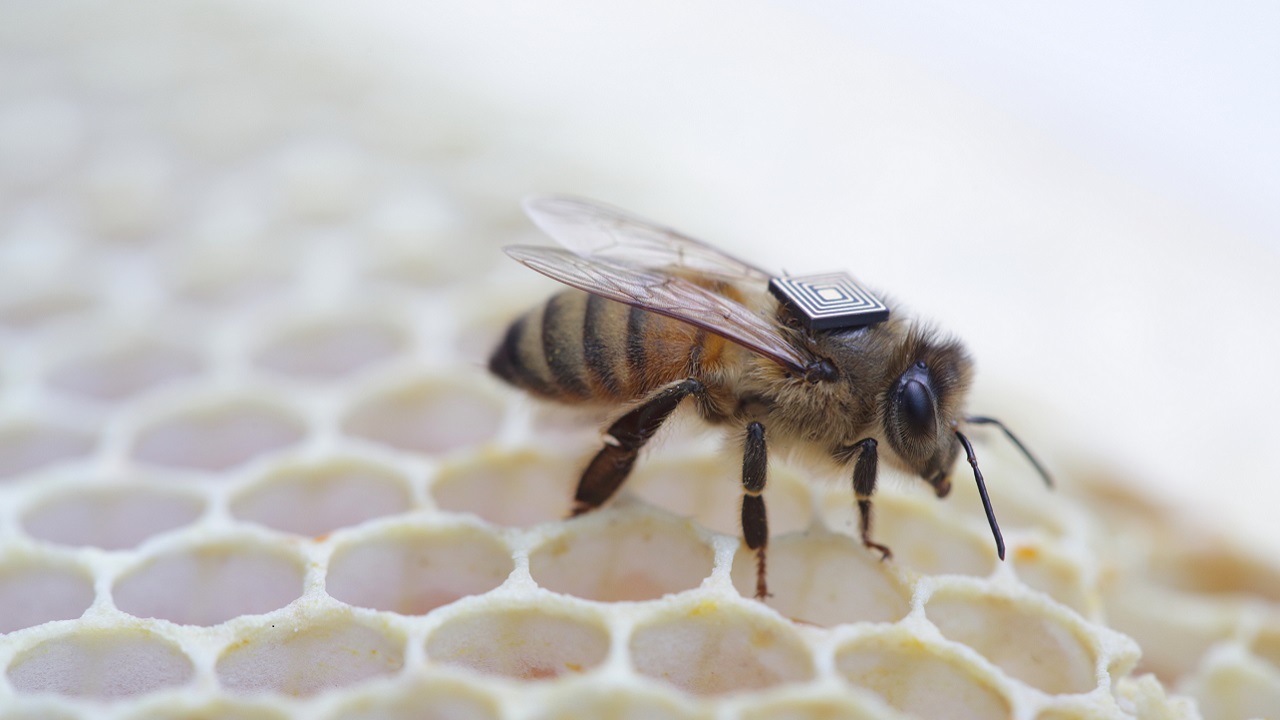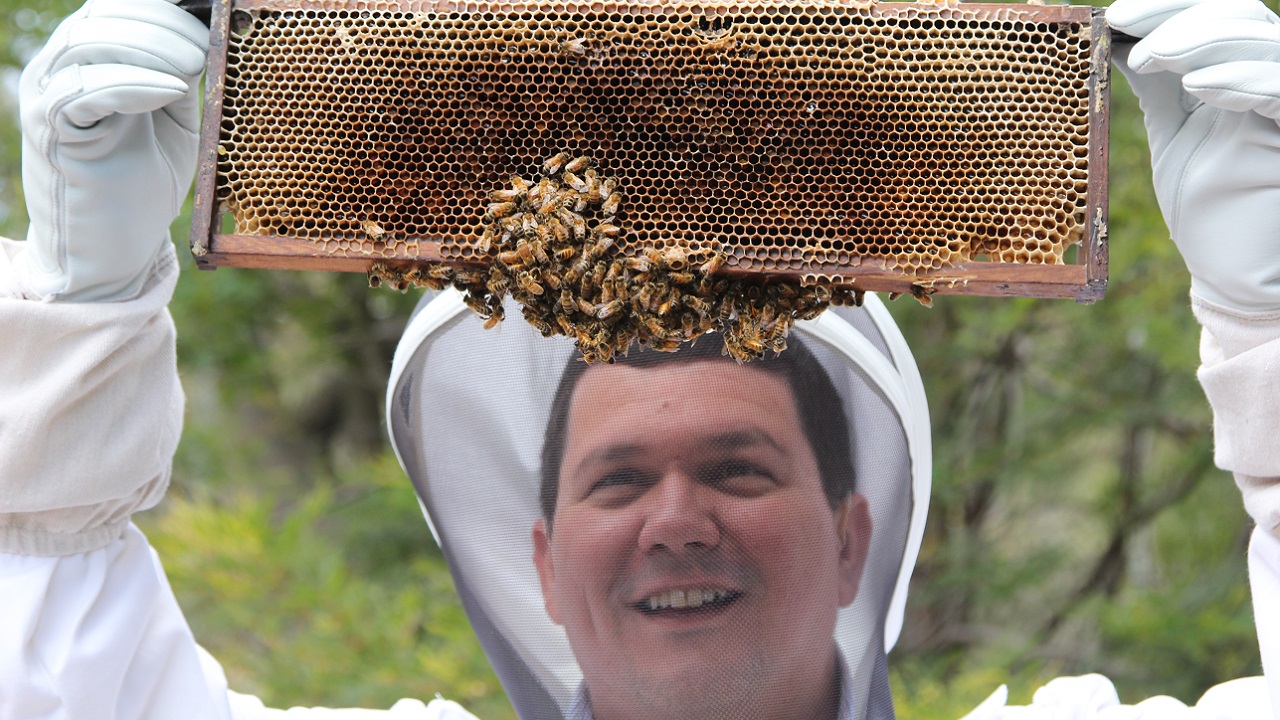Have you ever wondered what would happen if there were no bees on our planet? One Albert Einstein proclaimed: “If the bee disappeared off the surface of the globe then man would only have four years of life left. No more bees, no more pollination, no more plants, no more animals, no more man.” People understand the importance of bees, yet the bees are dying.
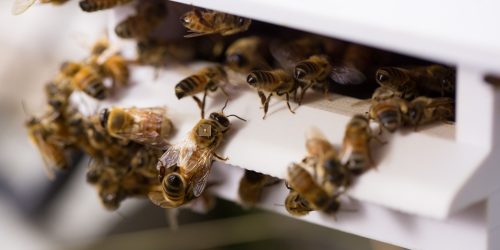
Intel, the leader in silicon innovation which was founded in 1968 and introduced the world’s first microprocessor in 1971, is now trying to save these busy honey-gathering creatures from extinction with technology by attaching micro-sensors on them and #IntelEdisontechnology in the bees’ hives.
Watch this powerful clip about scientist at Australia’s Commonwealth Scientific and Industrial Research Organization (CSIRO), Professor Paulo de Souza, who is trying to find clues about this mysterious environmental tragedy that is threatening the world’s food supplies.
Professor de Souza and his team managed to attach little intelligent “backpacks” about the size of a grain of rice on almost 10 thousand bees in Tasmania. These tiny technology trackers might reveal why the worldwide honey bee population is in serious decline.
“About three-quarters of the world’s food crops — including fruits, vegetables and coffee — depend on pollination by bees, butterflies, beetles and other species of pollinators,” according to a breakthrough United Nations report. It states “that between US$235 billion and US$577 billion worth of annual global food production relies on direct contributions by pollinators, including 20,000 species of bees.”
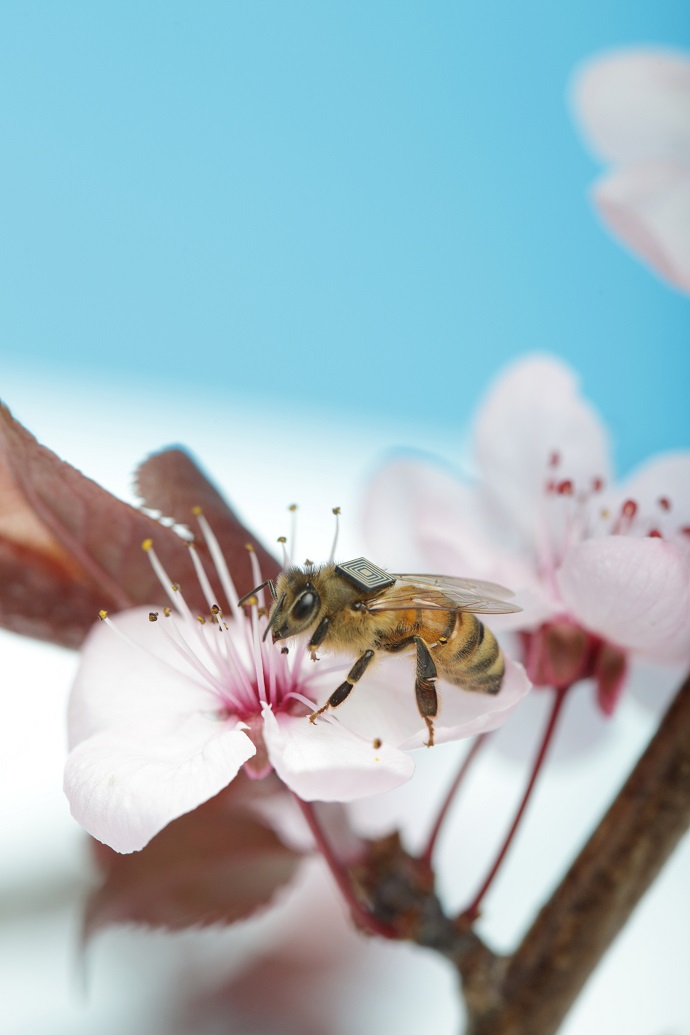
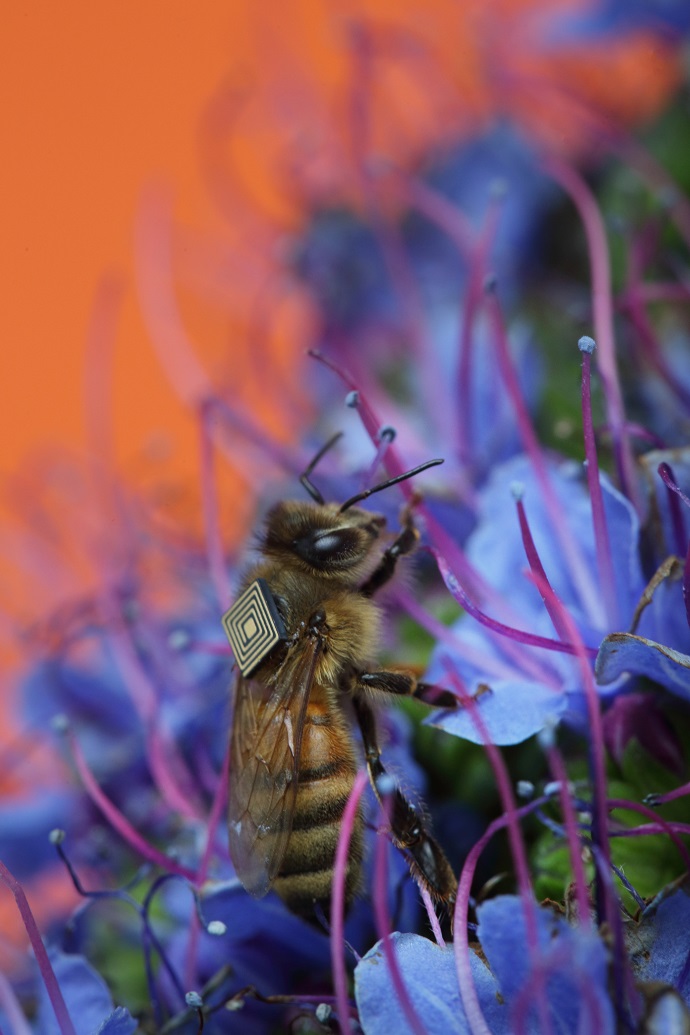
“In the U.S. alone, honey bee hives are now declining by about 25 percent a year,” claims Professor de Souza for Intel. “There’s been a steady decline in hives since the 1940s, but it’s getting worse. The whole ecosystem is linked,” shares his worries de Souza. “If we don’t have bees, we won’t have food for our kids. We won’t have enough to feed our population,” and “The biggest question is: Why is this happening?”
